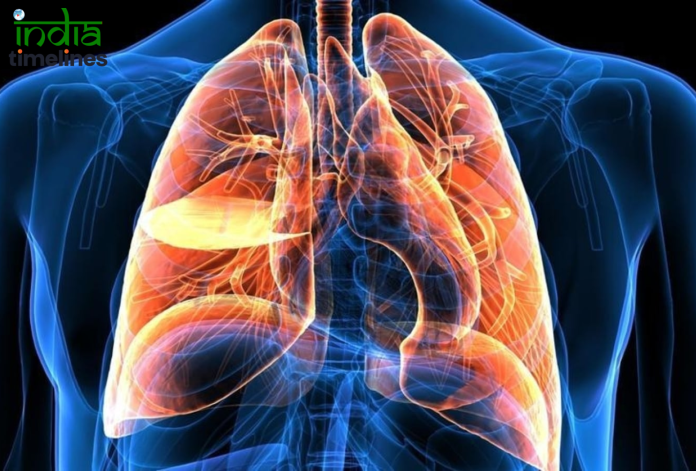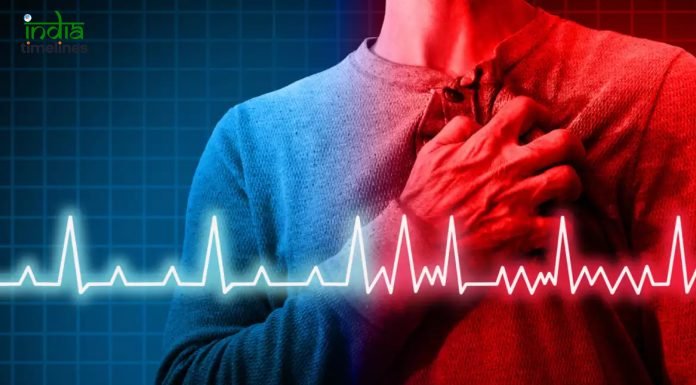
Lung cancer has traditionally been associated with older adults and long-term smokers. However, recent studies have shown a troubling rise in the incidence of lung cancer among young people, including those who have never smoked. Understanding the factors contributing to this increase is crucial for early detection, prevention, and treatment strategies.
Overview of Lung Cancer
Types of Lung Cancer
Lung cancer primarily comes in two forms: non-small cell lung cancer (NSCLC) and Small cell lung cancer (SCLC). NSCLC is more common, accounting for about 85% of cases, while SCLC is more aggressive and rapidly spreading.
Symptoms and Diagnosis
Symptoms of lung cancer can include persistent coughing, chest pain, shortness of breath, and unexplained weight loss. Diagnosis typically involves imaging tests such as X-rays and CT scans, followed by a biopsy to confirm the presence of cancer cells.
Rising Incidence in Young People
Statistical Trends
Recent epidemiological data indicate a significant rise in lung cancer cases among people under 50. This demographic shift is alarming and prompts a deeper investigation into underlying causes.
Non-Smokers at Risk
A noteworthy trend is the increase in lung cancer cases among young non-smokers. This suggests that factors other than tobacco smoking are contributing to the disease, highlighting the need for broader research and public awareness.
Major Causes
Environmental Factors
Air Pollution
Exposure to air pollution, particularly fine particulate matter (PM2.5) and nitrogen dioxide (NO2), has been linked to an increased risk of lung cancer. Urban areas with high levels of pollution see higher incidences of respiratory diseases, including lung cancer.
Radon Exposure
Radon, a naturally occurring radioactive gas, can accumulate in homes and buildings, especially in basements and lower levels. Prolonged exposure to high radon levels is a known risk factor for lung cancer, even among non-smokers.
Lifestyle Factors
Diet and Nutrition
Poor dietary habits, such as low intake of fruits and vegetables and high consumption of processed foods, can weaken the immune system and increase susceptibility to cancer. Antioxidants found in fruits and vegetables are known to combat free radicals that cause cellular damage.
Physical Inactivity
Sedentary lifestyles contribute to obesity, which has been linked to various cancers, including lung cancer. Regular physical activity helps maintain a healthy weight and improves lung function.
Genetic Factors
Family History
A family history of lung cancer can increase an individual’s risk, suggesting a genetic predisposition. Genetic mutations, such as those in the EGFR and ALK genes, are more prevalent in young lung cancer patients and can influence treatment options.
Genetic Mutations
Specific genetic mutations can increase susceptibility to lung cancer. These mutations can be inherited or occur spontaneously, leading to cancer development even in the absence of traditional risk factors like smoking.
Occupational Hazards
Exposure to Carcinogens
Occupations that involve exposure to carcinogens, such as asbestos, diesel exhaust, and certain chemicals, can increase the risk of lung cancer. Young people working in industries like construction, mining, and manufacturing are particularly vulnerable.
Workplace Safety
Inadequate workplace safety measures and lack of protective equipment can exacerbate the risk of exposure to harmful substances, underlining the need for stringent occupational health regulations.
Preventive Measures
Healthy Lifestyle Choices
Quit Smoking
For smokers, quitting smoking remains the most effective way to reduce lung cancer risk. Even young people who have smoked for a short period can significantly benefit from quitting.
Diet and Exercise
Maintaining a healthy diet rich in fruits, vegetables, and whole grains, combined with regular physical activity, can help lower the risk of lung cancer and improve overall health.
Reducing Environmental Exposure
Air Quality Control
Advocating for and implementing policies to reduce air pollution can have a broad impact on public health. This includes promoting clean energy sources, reducing vehicle emissions, and supporting urban green spaces.
Radon Testing
Regular radon testing in homes and workplaces, especially in areas known to have high radon levels, can help identify and mitigate this risk. Simple measures like sealing cracks in floors and walls can significantly reduce radon levels.
Genetic Screening and Counseling
Identifying At-Risk Individuals
Genetic screening can identify individuals at higher risk for lung cancer due to inherited genetic mutations. Early identification allows for closer monitoring and proactive measures to reduce risk.
Counseling and Support
Genetic counseling provides individuals and families with information and support, helping them understand their risk and make informed decisions about their health and lifestyle.
Conclusion
The rise in lung cancer cases among young people is a concerning trend that demands attention. Understanding the major causes, from environmental factors to genetic predispositions, is crucial for developing effective prevention and treatment strategies. By adopting healthy lifestyle choices, reducing exposure to environmental risks, and utilizing genetic screening, we can work towards reducing the incidence of lung cancer in this vulnerable population.
FAQs
Why are young non-smokers getting lung cancer?
Environmental factors like air pollution and radon exposure, genetic predispositions, and lifestyle factors such as poor diet and physical inactivity are contributing to the rise in lung cancer among young non-smokers.
What role does air pollution play in lung cancer?
Air pollution, particularly fine particulate matter (PM2.5) and nitrogen dioxide (NO2), can damage lung tissue and increase the risk of lung cancer, especially in urban areas with high pollution levels.
How can I reduce my risk of lung cancer?
Quitting smoking, maintaining a healthy diet and regular exercise, reducing exposure to air pollution and radon, and considering genetic screening if you have a family history of lung cancer can help reduce your risk.
What are the common symptoms of lung cancer?
Common symptoms include persistent coughing, chest pain, shortness of breath, unexplained weight loss, and coughing up blood. Early detection is key to effective treatment.
Is genetic screening for lung cancer recommended?
Genetic screening can be beneficial for individuals with a family history of lung cancer or other risk factors. It helps identify those at higher risk and allows for early intervention and monitoring.




























